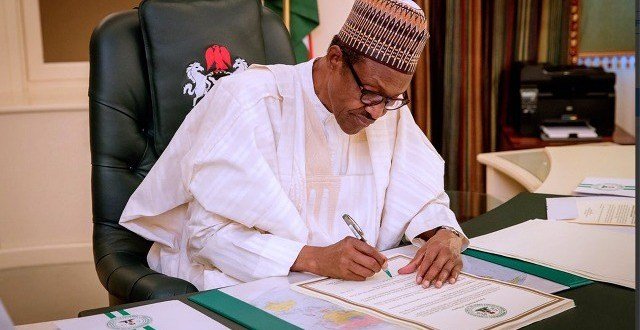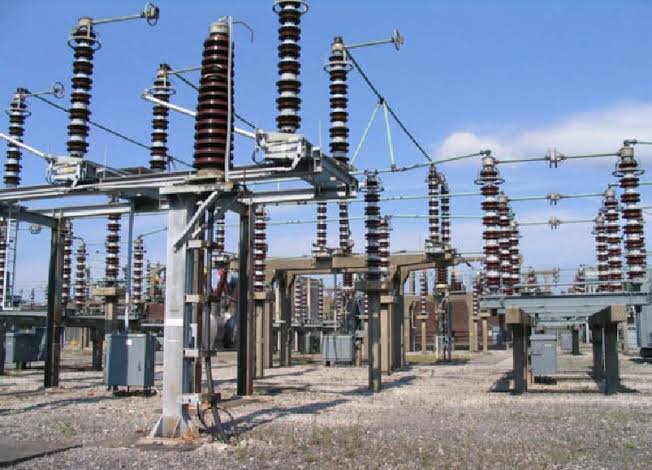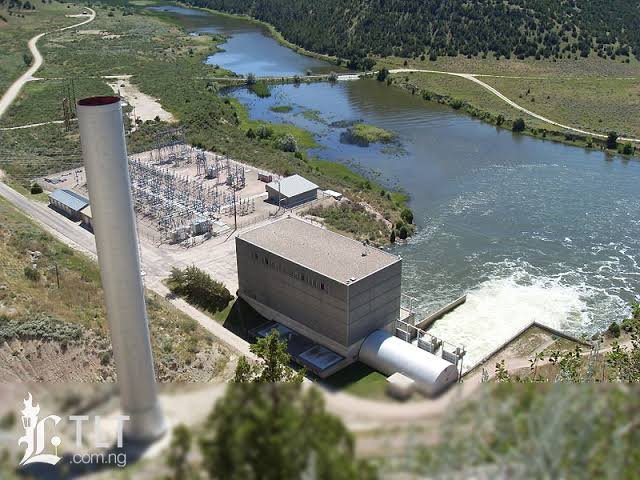Many people talk about Mambilla Hydropower project from a position of ignorance, mischief or both. The Mambilla hydropower project is not a scam as some people would like to portray it, even though takeoff activities are battling with unnecessary delays.
I’m saying this because I’ve been involved in the project for the past year.
It is a project that’s mired in controversy for many years. From Obasanjo’s through the Yaradua/Jonathan’s administrations, different contractors laid claim to the contract because they were awarded the contract separately by different governments.
85% of the 5.7 billion USD project is going to be financed through a loan by China Exim Bank while the Federal Government shoulders the remaining 15%. The Chinese will not sign the loan agreement until all legal hurdles surrounding the contract award were cleared. That explains the first delay.
President Buhari made the first attempt to resolve the legal logjam, bringing all the feuding contractors to the table and convincing them to work together as a consortium and drop their respective court cases.

This was the first breakthrough and immediately after that, the loan and contract agreements were signed by the China Exim Bank, Federal Ministries of Finance and Power, and the Chinese consortium of CGGC, CGGOC and Sinohydro.
For the Chinese to mobilize to the site, the Federal Government needs to jointly carry out some pre-commencement activities which will prepare the project site for takeoff. This includes the relocation of affected communities, construction of access roads, security and other basic infrastructure, and logistics. That’s where the project is experiencing the second and current delay such that 2 years after its signing, it is yet to takeoff.
There are two major reasons for the delay. The first is that the Taraba State Government, to whom the land belongs (land belongs to States), is yet to properly map out and allocate areas for the relocation of affected communities.
The second reason is the Federal Government’s failure to deposit its 15% (about 850 million USD) of the contract sum which must be paid before China Exim Bank activates the 85% contract loan that will allow the consortium to access the fund and mobilize to site.
There is no denying the fact that these two issues expose the government to charges of gross inefficiency and negligence in planning and executing the Mambilla project, but that does not mean the project is a scam as some are ignorantly or mischievously peddling.
This brings me to the issue of the project’s suitability and sustainability. The project has a completion period of 72 months, that is, 6 years. In the Nigerian context, that may mean at least 10 years. Therefore, those expecting a Mambilla power to begin operations during the Buhari’s presidency need to be properly guided. It is going to last longer than expected.
Personally, I don’t think the project makes some good economic sense considering the amount of money involved, the Nigerian power sector dynamics, project duration and available alternatives.
To start with, the major and immediate problem of our power sector is not generation but transmission and distribution.
Adding another 3,050MW without commensurate investment in transmission and distribution will amount to putting the cart before the horse. I know the project made provisions for transmission infrastructure, but we still have distribution problems to contend with via our struggling and ineffective Discos.
Moreover, the Federal Government built Kainji, Shiroro, Jebba and other hydropower plants in the past. Today, they are all sold out to private companies as the government cannot run them.

It is likely that after its completion, the Federal Government will have to sell Mambilla as well for the private sector to run and manage under Nigeria’s power sector privatization plan.
What then is the benefit of building a 6 billion USD powerplant only to come and sell it after 10 or 20 years at a price that is less than 15% of its original cost when perhaps Nigeria is not yet done paying back the Chinese loan by that time?
I believe the government has no business spending this huge amount (and mostly through loans) building powerplants except as a joint venture with some private investors who will actually run and manage it. That’s more likely to happen when we fix transmission and distribution (the power downstream) challenge all across all segments of the power sector value chain.
5.7 billion USD is a huge amount of money. That’s about 2 trillion naira or 20 – 25% of Nigeria‘s annual budget. Imagine investing that huge amount in roads infrastructure, education, healthcare and water; projects that will yield immediate benefits without having to wait for 6 – 10 years to complete.
Dangote is today building a 12 billion dollar refinery and petrochemical plant, the cost of the project is twice that of the Mambilla hydropower plant by the Federal Government. The government is not investing a kobo into it. Dangote is doing that because he sees strategic opportunities in that sector.
Granted that the prospects for the two sectors are somewhat different, but all the government needs to do is to position the power sector for those types of opportunities and investors like Dangote will source for the funds to build and operate powerplants at no cost to the government and without having to borrow from the Chinese or other lenders.
Therefore, to return to my first paragraph, Mambilla is not a scam. It may happen at some time, but it is not going to come soon and may not be the regional game-changer you expect it to be even when completed.
By Ahmed Musa Hussaini

